Owning a ball python can be a rewarding experience, but it also comes with its fair share of responsibilities. These intriguing creatures have their own way of communicating, and understanding their language is key to ensuring they lead a happy and healthy life. But what happens when your slithery friend feels uneasy? If your ball python is stressed, it may exhibit signs that can be easily overlooked. Have you ever wondered what those signs are? Let’s delve into how to decode your python’s behavior, ensuring it stays content and relaxed.
Erratic Movements
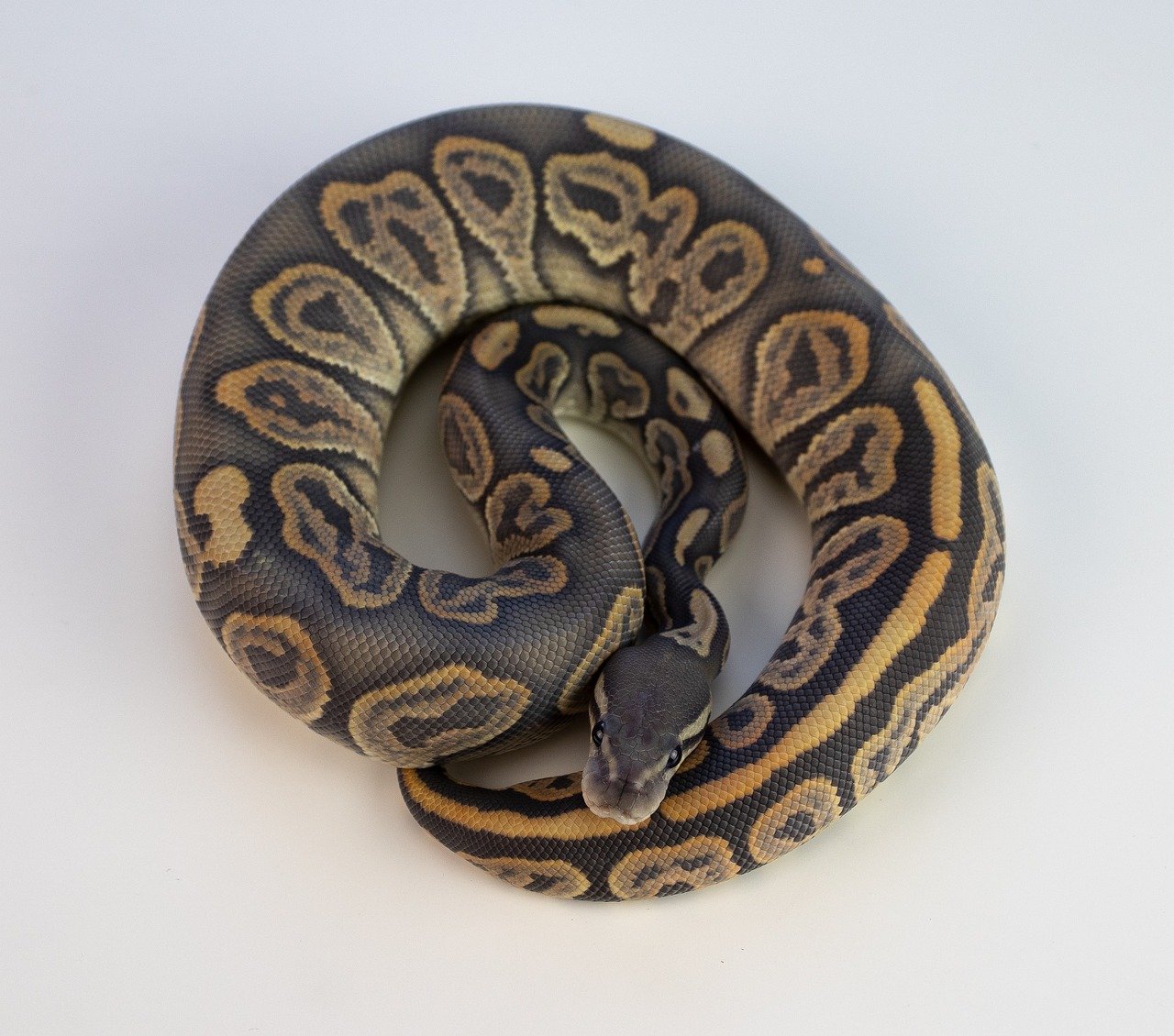
Ball pythons are known for their calm, gentle nature—but that doesn’t mean they’re immune to stress. In fact, these quiet reptiles often show subtle signs when something in their environment or care routine isn’t quite right. Whether it’s due to improper temperatures, handling issues, or changes in their habitat, stress can affect their health and behavior. As a responsible owner, recognizing these signs early is key to keeping your snake happy and thriving.
One of the first signs that your ball python might be stressed is erratic movements. Imagine a calm river suddenly turning into a rapid stream; that’s similar to how a normally languid snake can suddenly become restless. If you notice your python moving around its enclosure in a frantic manner, it could be a sign of stress. This behavior is not typical for ball pythons, which are usually known for their laid-back nature. It’s essential to monitor these movements closely, as they may indicate that something in their environment is unsettling them. A possible cause could be a sudden change in their habitat or even the presence of a potential threat.
Refusal to Eat
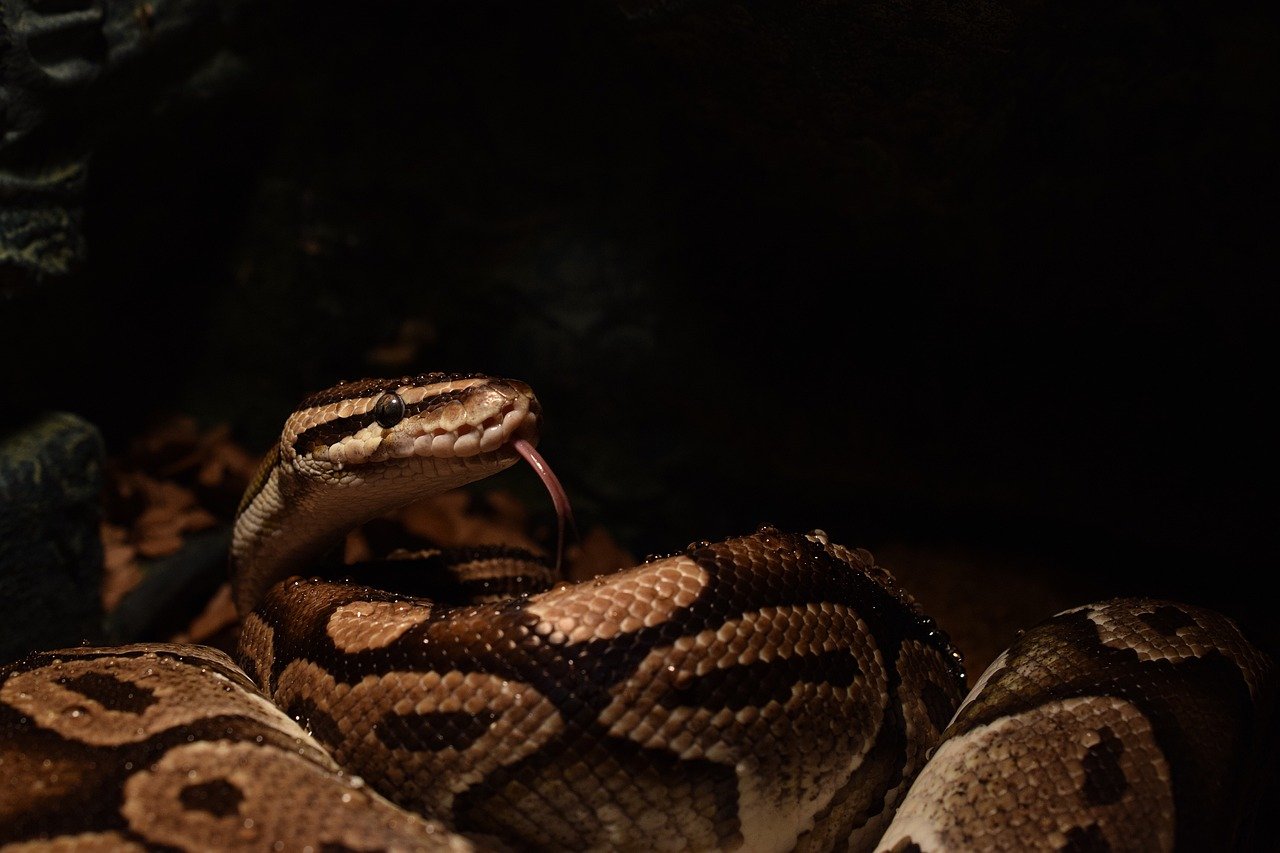
Ball pythons are known to be picky eaters, but if your snake is consistently refusing food, it might be a sign of stress. Much like humans who lose their appetite when anxious, a stressed python might skip meals. If your python hasn’t eaten for a prolonged period, it’s crucial to assess its environment for any disturbances. Changes in temperature, excessive handling, or even a new pet in the house can stress your python out, leading to a loss of appetite. Ensuring a calm and stable environment might coax your python back to its regular eating habits.
Hiding More Than Usual
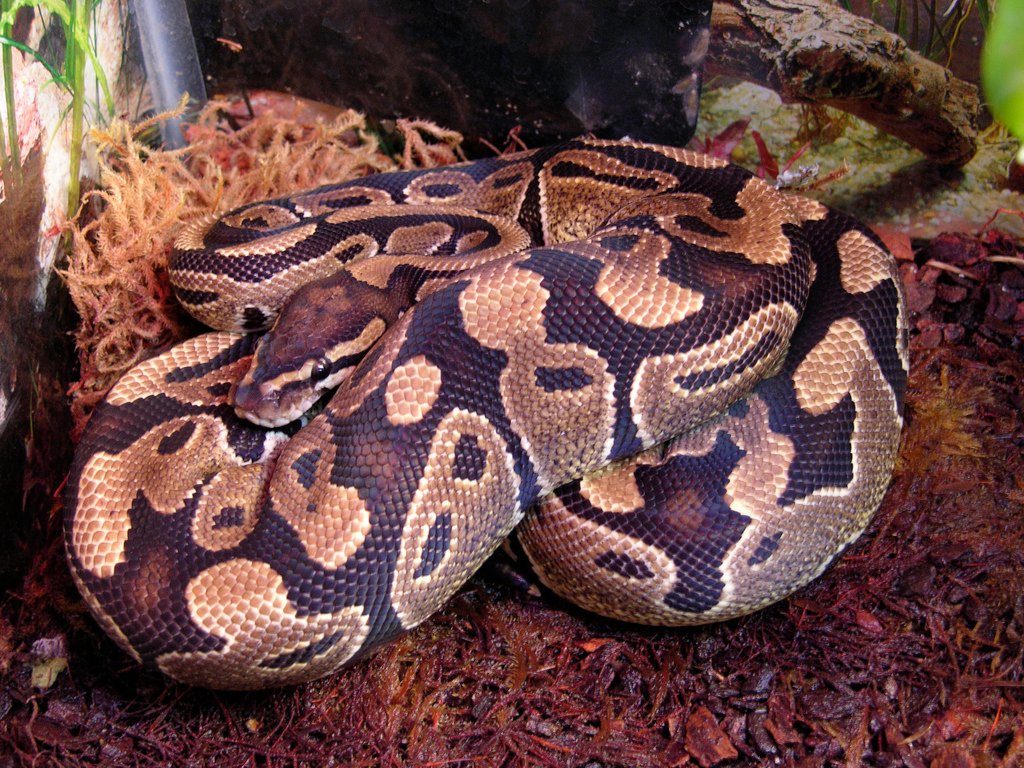
While ball pythons do enjoy their privacy and often seek out hiding spots, excessive hiding can be a sign of stress. Think of it as a person retreating to their room when overwhelmed. If your python is spending more time than usual in its hide, it might be trying to escape stressors in its environment. This behavior can be a result of loud noises, too much light, or even an overly inquisitive pet or child. Providing a secure and quiet space can help your python feel safe and reduce its stress levels.
Frequent Shedding
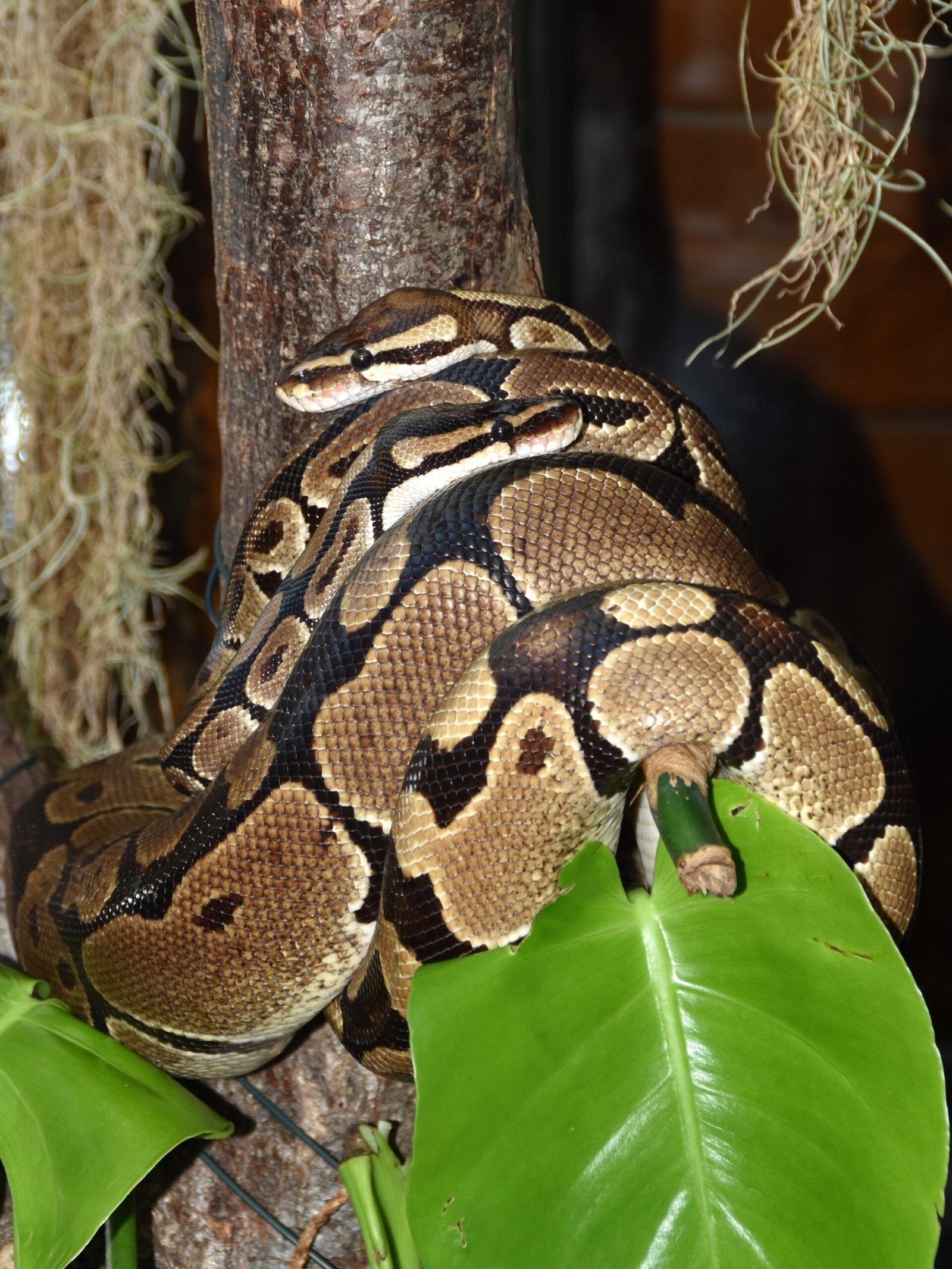
Although shedding is a natural process for snakes, frequent shedding can indicate stress. It’s as if your python is trying to shed its worries along with its skin. Stress can disrupt the regular shedding cycle, causing your python to shed more often than usual. Check for other signs of stress and ensure that your python’s habitat is optimal, with the right humidity and temperature levels. If frequent shedding persists, it may be wise to consult a reptile veterinarian.
Respiratory Issues
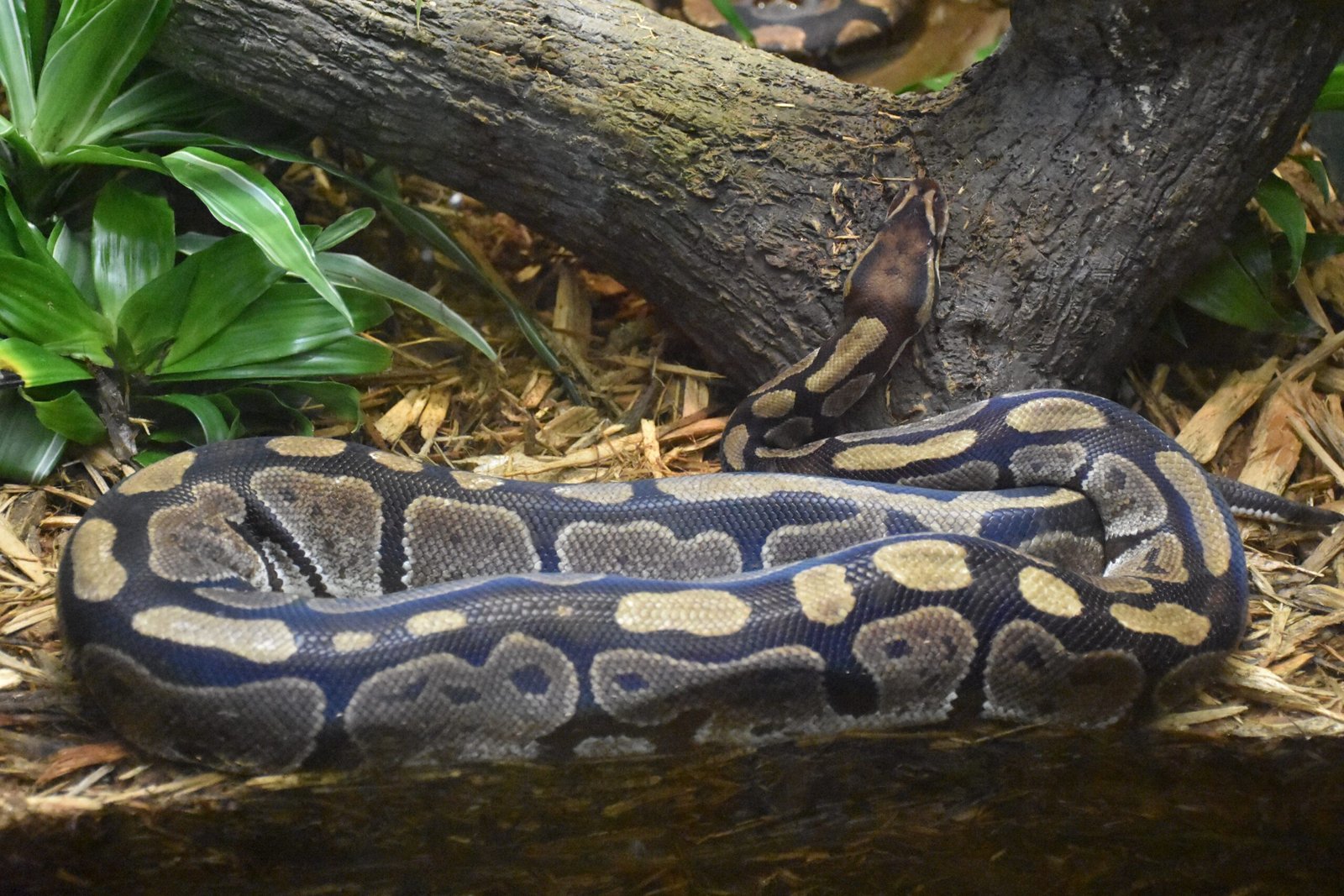
Stress can sometimes manifest in physical symptoms, such as respiratory issues. If your ball python is wheezing or has difficulty breathing, it could be a sign of stress or an underlying health problem. Much like how stress can cause humans to feel short of breath, your python’s respiratory system might be affected by anxiety. It’s crucial to ensure that your snake’s enclosure is clean and free from irritants. If respiratory issues continue, seeking professional advice is recommended.
Unusual Aggression
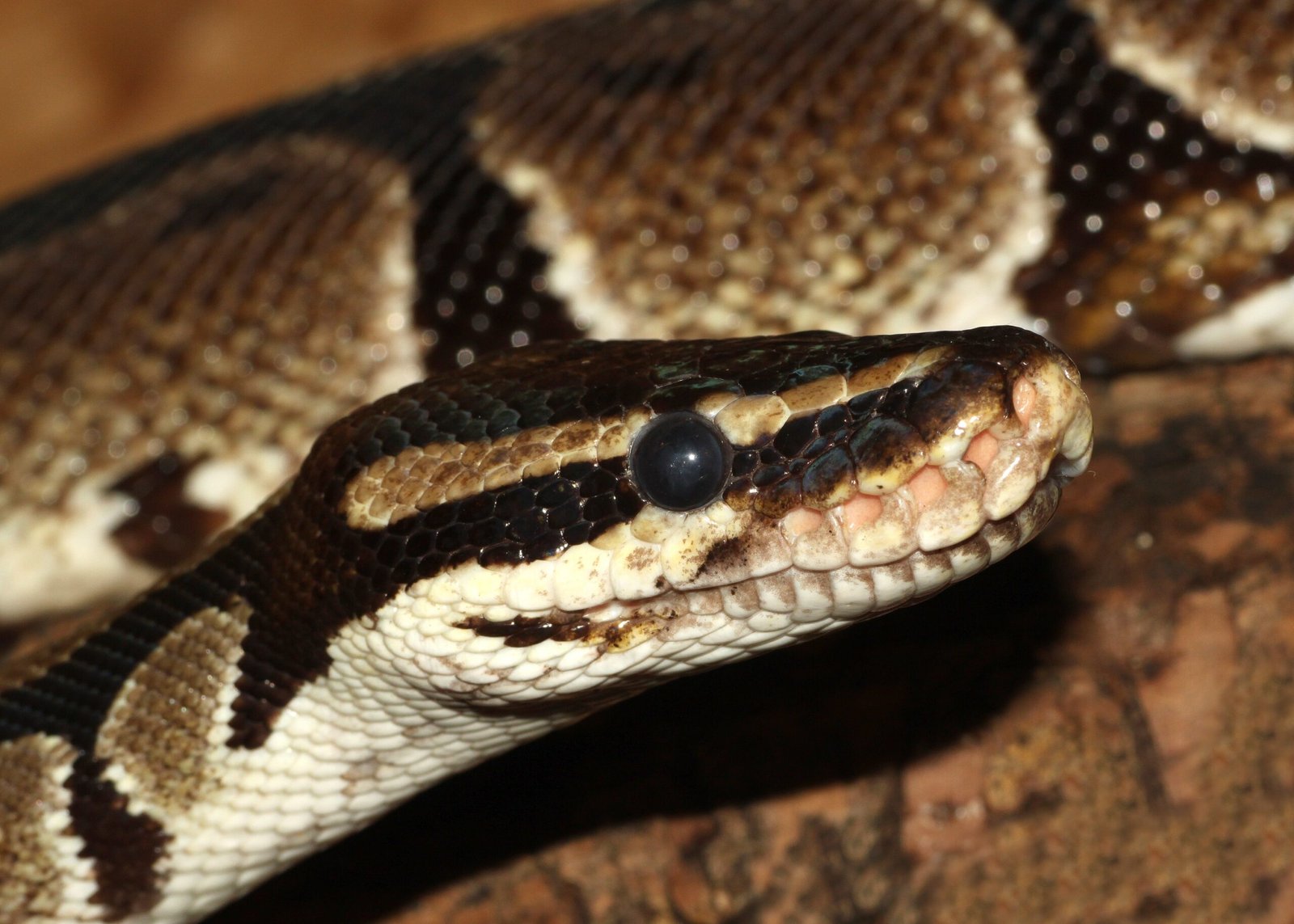
Ball pythons are generally docile creatures, but stress can lead to unusual aggression. Imagine a calm person suddenly becoming irritable; stress can have a similar effect on your python. If your snake starts hissing or striking without provocation, it might be feeling threatened or overwhelmed. This behavior can be due to changes in its environment or handling it too frequently. Giving your python some space and ensuring a calm atmosphere can help alleviate its stress.
Inconsistent Temperature Preferences
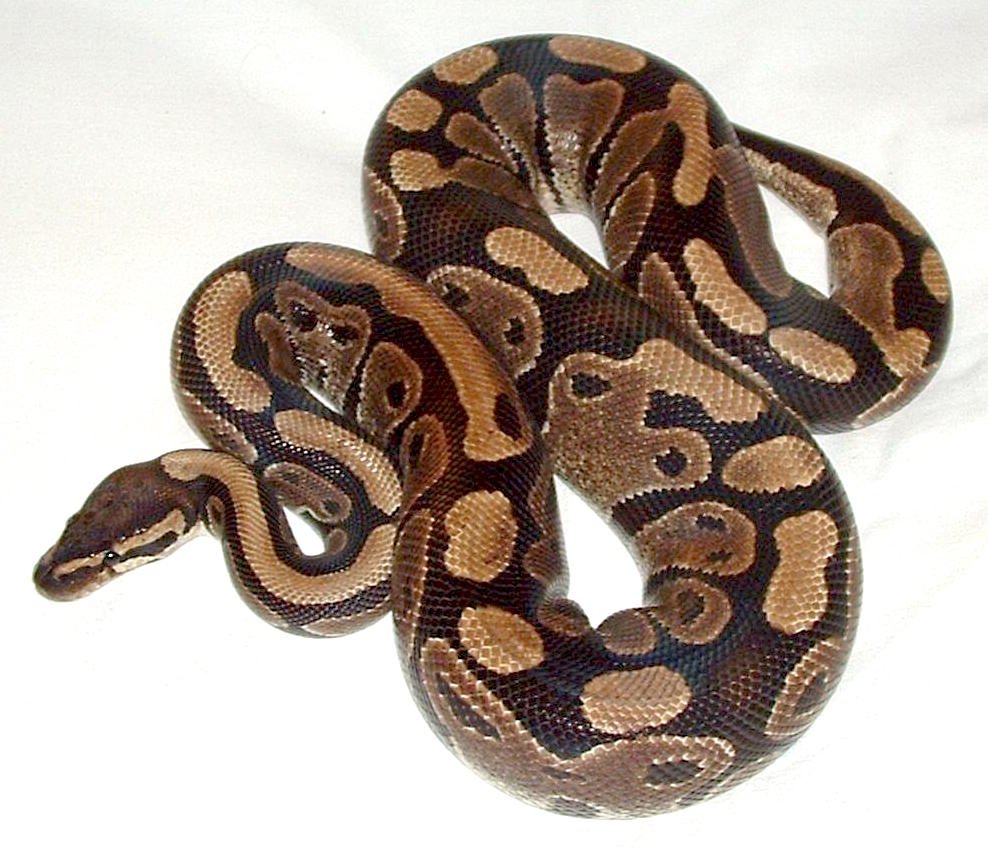
A stressed ball python may display inconsistent temperature preferences. It might frequently move between the warm and cool sides of its enclosure, unable to settle. This behavior is akin to a person who can’t decide whether they’re too hot or too cold, often a sign of discomfort. Ensure that the temperature gradient in the enclosure is appropriate and that there are no sudden fluctuations. Providing a stable climate will help your python regulate its body temperature and reduce stress.
Unusual Posture
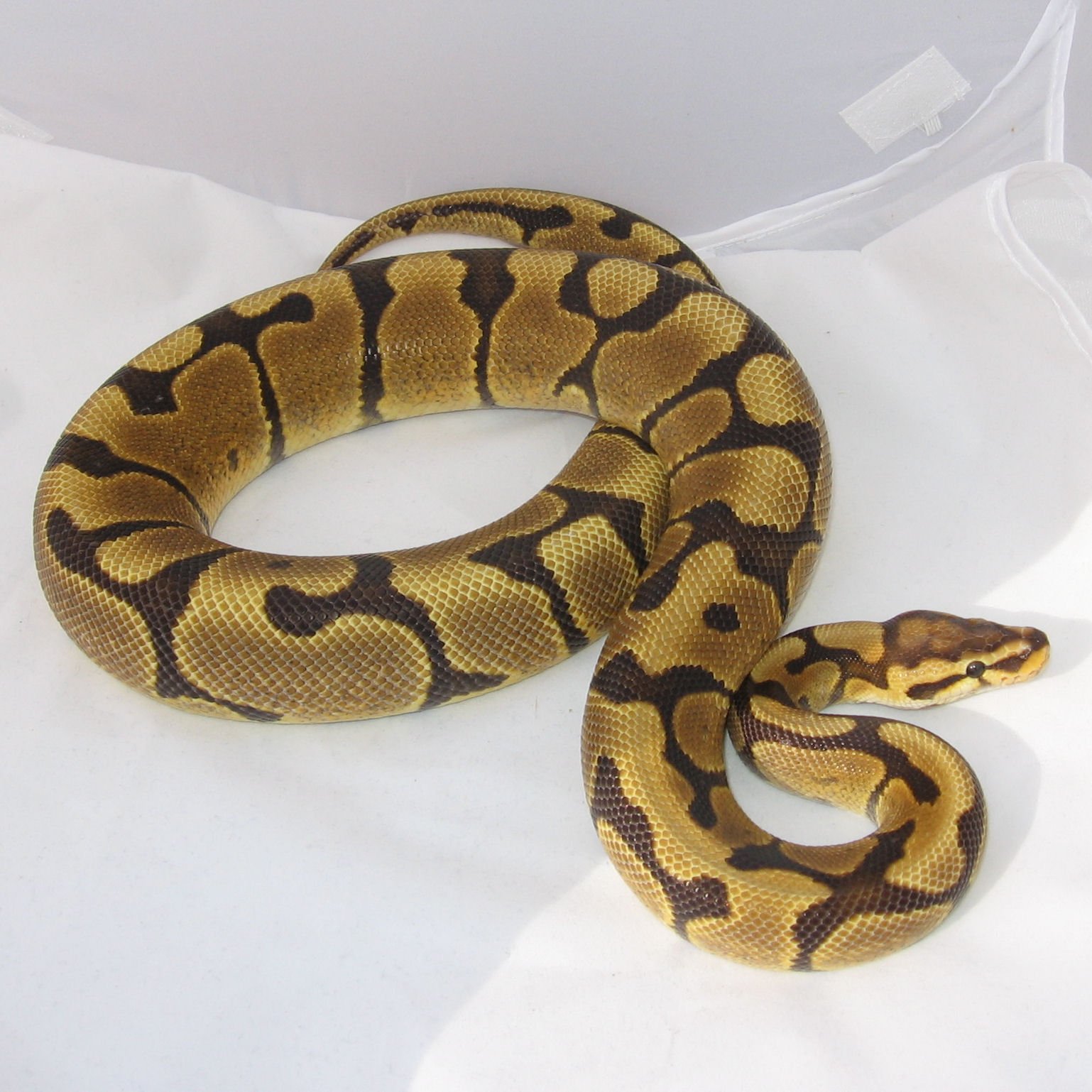
Lastly, if your ball python is exhibiting unusual postures, it could be stressed. This might include staying coiled up tightly or stretching out in a straight line for extended periods. These postures can be a way for your python to express discomfort or unease, much like how humans might fidget or sit awkwardly when stressed. Observing these behaviors can provide insight into your python’s emotional state. Ensuring a comfortable and secure habitat is essential for reducing stress and promoting well-being.
Understanding the subtle signs of stress in your ball python is crucial for its care. By being attentive and responsive to these indicators, you can create a nurturing environment that keeps your scaly friend happy and healthy. Remember, a content python is a delightful companion.

Esther is from India; the heartbeat of South Asia, holding a Master’s degree in Zoology and a postgraduate diploma in Animal Welfare. Her enthusiasm for animal welfare drives her passion and dedication to working for animals, ensuring their well-being, and advocating for their rights. With a solid academic background and hands-on experience, she is committed to making a positive impact in the field of animal welfare. In her free time, she enjoys embroidery and sewing. As a Chennaite from Tamil Nadu, Esther loves Bharathanatyam, an Indian classical dance form.






